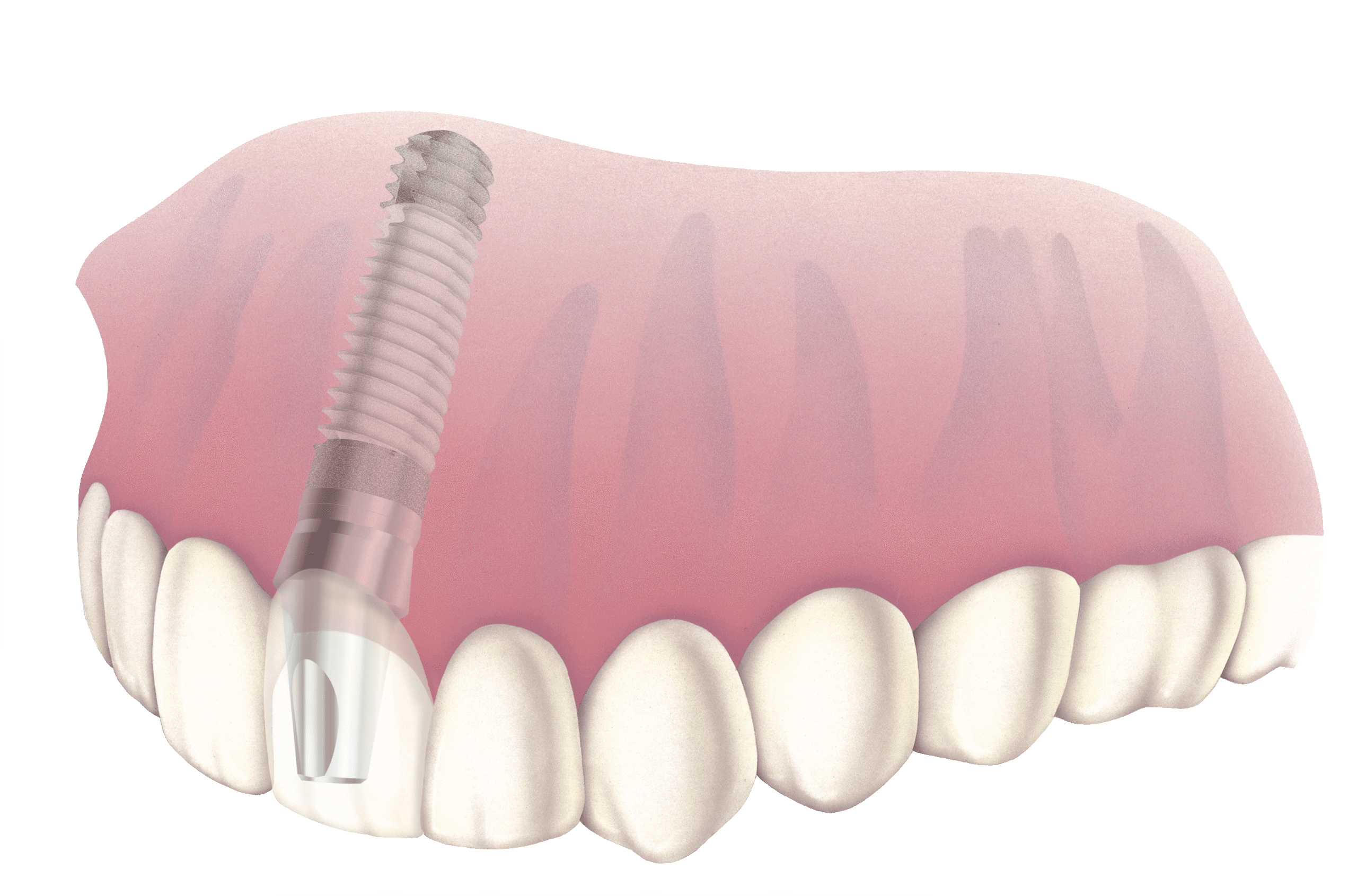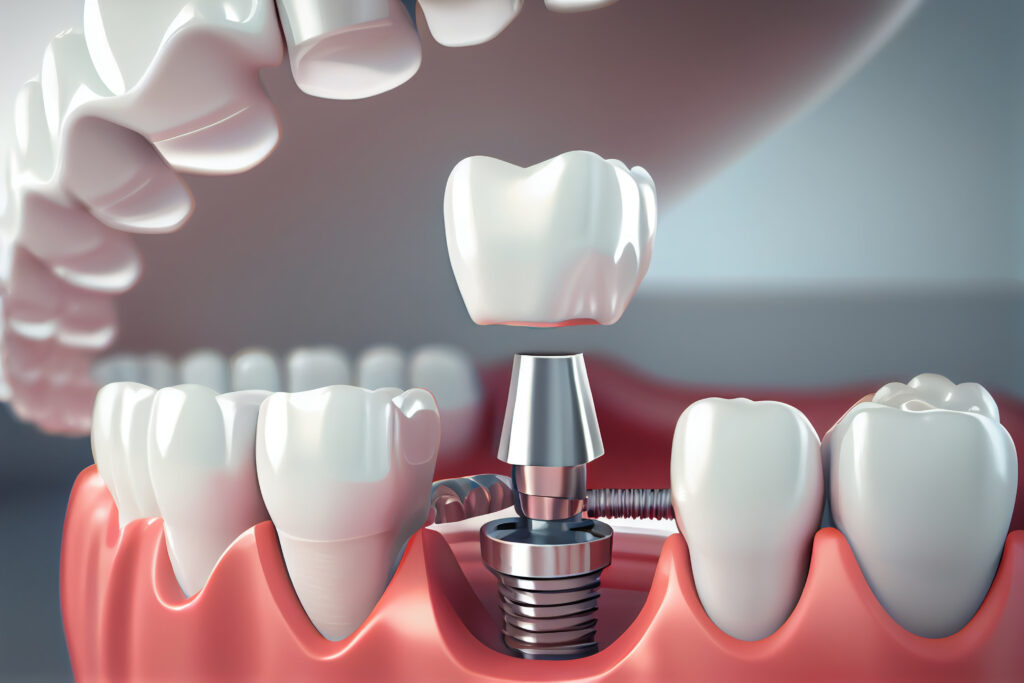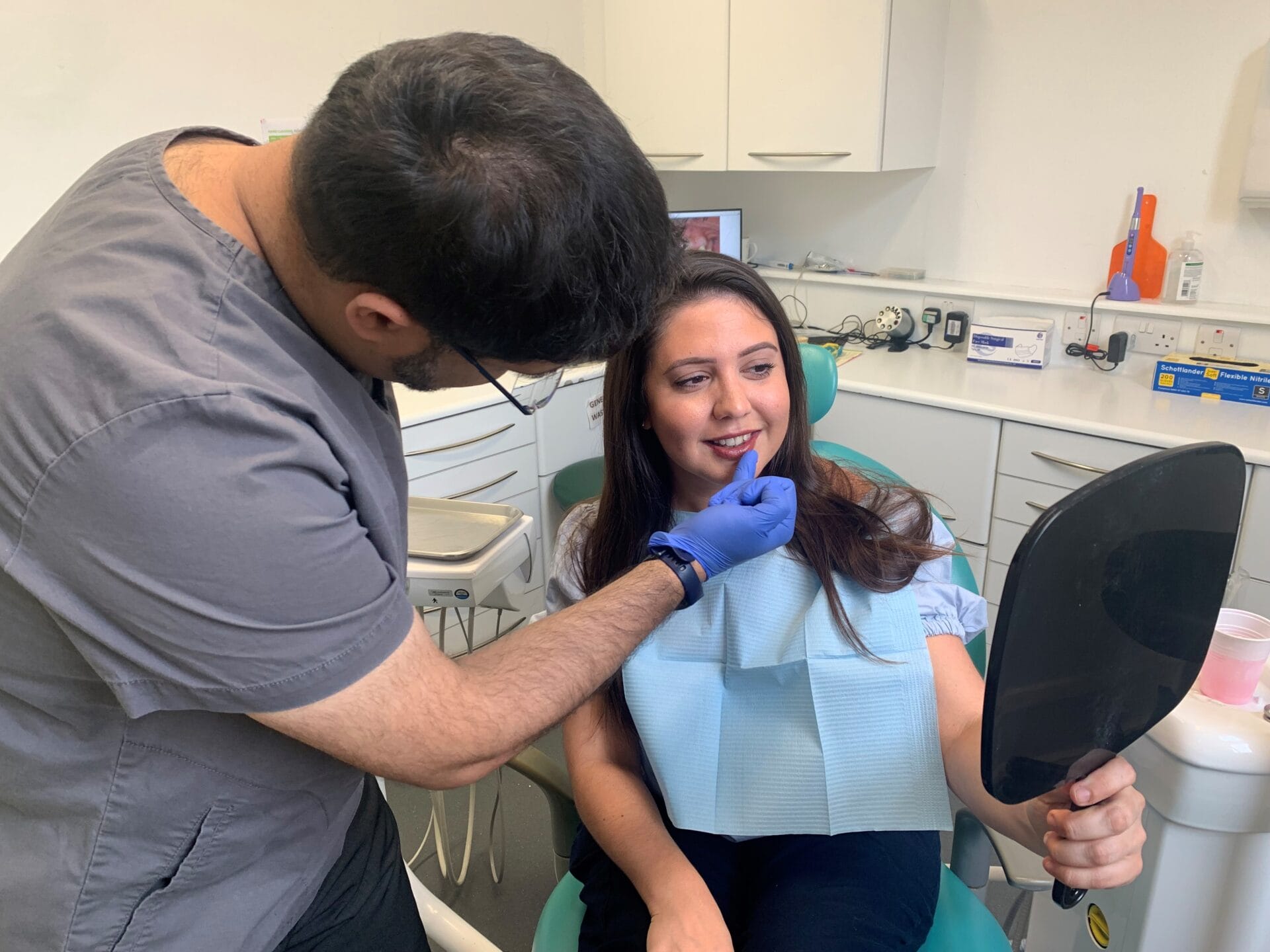Your Path to a Better Smile: Dental Implants Kent Solutions
Your Path to a Better Smile: Dental Implants Kent Solutions
Blog Article
Experience the current Technologies in Dental Implants Technology
As the field of dental care continues to evolve, the improvements in dental implant modern technology have actually been absolutely nothing brief of amazing. The integration of innovation is revolutionizing the capability of dental implants, assuring improved results and patient contentment.
Advanced Materials for Boosted Sturdiness
In the world of dental implants modern technology, the integration of innovative materials has dramatically added to boosting durability and durability of these crucial dental prosthetics. The application of materials such as titanium alloys, zirconia, and ceramic compounds has actually changed the field by using raised resistance, biocompatibility, and stamina to deterioration.
Titanium alloys are widely used in oral implants due to their extraordinary strength-to-weight ratio, rust resistance, and compatibility with the body. These alloys make certain the security and longevity of the implant by standing up to the pressures applied throughout eating and talking, providing a reputable option for individuals looking for sturdy tooth substitutes.
Zirconia, a kind of ceramic product, has actually obtained appeal for its biocompatibility and all-natural tooth-like look. Its high toughness and resistance to put on make it an ideal selection for oral crowns and bridges, boosting the general appearances and capability of the implant.

Digital Imaging for Precise Positioning
The advancement of oral implants innovation has even more advanced with the assimilation of electronic imaging methods, making sure accurate placement of these prosthetics for optimum practical and aesthetic results. Digital imaging plays an essential role in the preparation and placement of dental implants by giving in-depth 3D pictures of the patient's jawbone framework. This innovation allows dental practitioners to examine bone density, situate crucial structures, and intend the precise position and angle for dental implant placement with unmatched precision.
By utilizing electronic imaging, dental professionals can develop online medical guides that work as a roadmap during the implant positioning treatment. These guides are customized for every patient, taking into consideration their unique makeup and the desired result. This level of precision not just improves the success rate of oral implant procedures yet additionally decreases the threat of issues.
Additionally, electronic imaging enables dental practitioners to imagine the last prosthetic restoration before the real positioning of implants, permitting thorough preparation and guaranteeing that the end result meets the client's visual assumptions. In general, the combination of electronic imaging technology has reinvented the area of oral implants, offering patients a more predictable, effective, and patient-specific therapy strategy.

Minimally Invasive Surgical Methods


Developments in surgical approaches have actually brought about the advancement of minimally invasive techniques in the area of dental implantology. These techniques intend to lower injury to the patient, reduce healing times, and enhance overall therapy results. Minimally invasive operations involve smaller sized cuts, specialized instruments, and progressed imaging innovations to precisely position dental implants with minimal interruption to surrounding cells.
One secret aspect of minimally intrusive techniques is using directed surgery, where 3D imaging and computer-aided layout software application are used to prepare the dental implant placement with fantastic precision. This enables an extra predictable end result and can typically eliminate the requirement for extensive flap surgical procedure.
Furthermore, innovations see in products and dental implant layout have actually likewise contributed to the success of minimally intrusive strategies. Implants with improved surface buildings promote much faster osseointegration, reducing the recovery time called for before the prosthetic repair can be placed.
3D Printing for Personalized Solutions
Making use of 3D printing technology in dental implantology permits for the production of highly personalized remedies tailored to private client demands and anatomical variants. This cutting-edge innovation makes it possible for oral professionals to develop and produce oral implants with remarkable precision and precision. By making use of electronic imaging strategies, such as cone beam computed tomography (CBCT), comprehensive 3D designs of the individual's mouth can be generated to guide the implant planning process.
One of the essential advantages of 3D printing in dental implantology is the capability to produce patient-specific implants that perfectly fit the one-of-a-kind anatomy of each individual. This personalized method helps improve the overall success and longevity of the implant by ensuring optimal fit and alignment. Additionally, 3D printing enables the manufacturing of intricate geometries and detailed frameworks that would certainly be difficult or impossible to achieve making use check it out of typical production techniques.
Moreover, 3D printing innovation enables dental experts to improve the implantation process, reducing surgery time and boosting general client experience. With its ability to create tailored remedies promptly and successfully, 3D printing is reinventing the field of dental implantology, offering clients cutting-edge therapy options and enhanced outcomes.
Integrated Modern Technology for Improved Performance
Executing sophisticated innovation in oral implantology enhances performance and accuracy, elevating the criterion of treatment for clients undertaking implant treatments. Integrated modern technology plays a vital role in enhancing the total success and sturdiness of oral implants.
Furthermore, the combination of computer-aided layout and computer-aided manufacturing (CAD/CAM) innovation allows the production published here of custom implant repairs with remarkable precision. CAD/CAM systems make use of electronic impacts to design prosthetics that perfectly fit the client's special makeup, ensuring ideal convenience and performance. In addition, making use of robotic-assisted surgery in implant placement enhances precision and reduces the danger of human mistake.
Final Thought
To conclude, the most recent innovations in dental implants technology offer improved toughness via advanced materials, specific positioning with electronic imaging, minimally intrusive surgical methods, customized services with 3D printing, and enhanced performance with integrated innovation - Dental implants Kent. These improvements in dental implants technology are transforming the area and giving individuals with more reliable and efficient treatment alternatives for recovering their smiles and oral health
The integration of innovation is changing the performance of dental implants, guaranteeing improved results and patient contentment.
The evolution of oral implants technology has better advanced with the assimilation of digital imaging methods, ensuring accurate positioning of these prosthetics for optimal practical and visual outcomes. Minimally invasive medical treatments involve smaller lacerations, specialized instruments, and advanced imaging innovations to specifically place oral implants with marginal disruption to surrounding tissues.
Applying cutting-edge innovation in oral implantology boosts functionality and accuracy, boosting the criterion of care for clients going through dental implant treatments. Dental implants Kent. Integrated modern technology plays a vital duty in boosting the total success and sturdiness of oral implants
Report this page